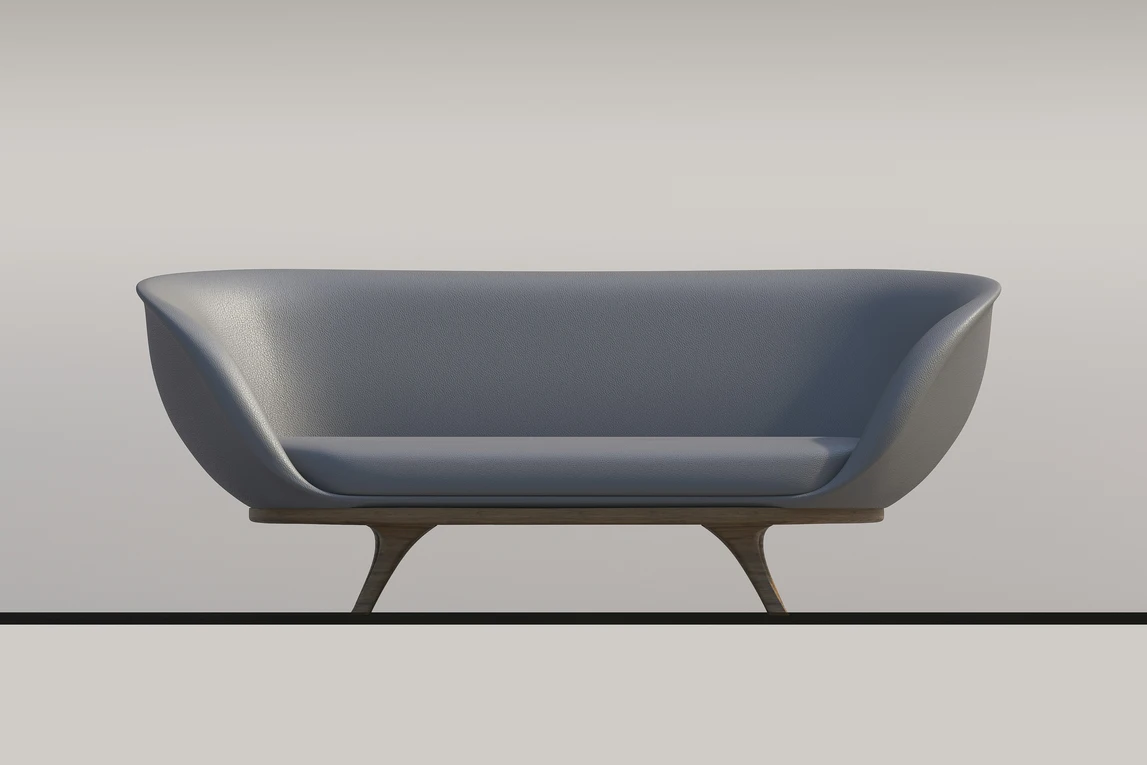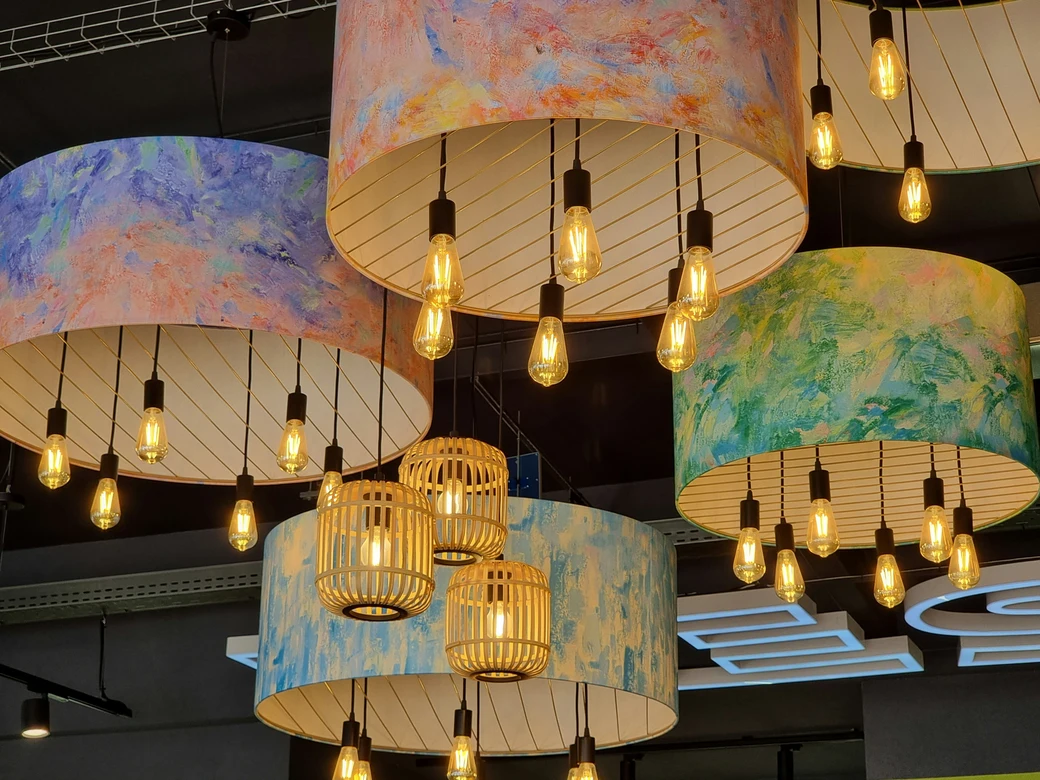Rounded furniture has quietly taken center stage in modern interior design, and it’s not just about aesthetics. Beyond being stylish and contemporary, curved furniture carries a hidden layer of psychology that influences how we feel in our homes. The shapes and edges of our furniture can directly impact our comfort levels, sense of safety, and overall relaxation. This is where rounded furniture psychology comes into play — a concept that explores why curves make us feel calmer and more at ease compared to sharp lines and hard corners.

Understanding Rounded Furniture Psychology
The human brain has a natural preference for smooth, rounded shapes. Psychologists call this phenomenon “contour preference,” meaning people generally feel more comfortable around curves than sharp edges. Rounded furniture psychology applies this idea to interior design. When you enter a space filled with curved sofas, oval coffee tables, or round dining chairs, your mind associates the environment with safety and warmth.
Sharp corners, on the other hand, can trigger a subconscious sense of alertness. They remind us of potential danger and can make a room feel harsher. Curves soften these impressions, encouraging a more inviting and relaxing atmosphere.
Why Curves Make Rooms Feel Safer
Safety is often linked with design more than people realize. Rounded edges in furniture reduce the chance of physical accidents like bumps or bruises, especially in homes with children or elderly family members. But the psychological layer runs deeper.
When you surround yourself with furniture that flows in smooth lines rather than rigid corners, your brain perceives the environment as nurturing. This is why rounded furniture psychology emphasizes comfort and reassurance, making spaces feel less intimidating and more human-centered.
The Relaxation Effect of Rounded Furniture
Relaxation in interior design isn’t just about soft textures or soothing colors. Shape plays a key role. Rounded furniture pieces allow energy to flow more freely through a room. Instead of visual barriers created by straight lines and angles, curves create a sense of continuity and openness.
Think of how a round dining table encourages conversation. No one sits at the “head,” and the shape itself signals equality and inclusiveness. Similarly, a curved sectional sofa wraps around you, offering an embracing effect that makes lounging more comfortable.

Rounded Furniture in Different Rooms
Living Room: A round coffee table can anchor the space while promoting harmony. Curved sofas and chairs also reduce the stiffness of traditional layouts.
Bedroom: Rounded headboards and bedside tables add a sense of softness and relaxation, helping you unwind at the end of the day.
Dining Room: Circular or oval tables create intimacy and balance, encouraging shared meals and deeper connection.
Office or Study Area: Even in workspaces, rounded furniture psychology applies. A desk with softened edges reduces the mental “hardness” of the environment, promoting focus without stress.
Blending Rounded Furniture With Other Styles
One of the strengths of rounded furniture psychology is its adaptability. Whether your home leans modern, minimalist, or traditional, curved furniture pieces can fit in without looking out of place. For example, pairing a sleek round marble table with angular shelving balances comfort with structure.
Mixing sharp and rounded elements can also enhance design harmony. The key is to ensure that the curved elements dominate where relaxation is most needed, such as seating areas or bedrooms.
Practical Benefits Beyond Psychology
Rounded furniture is not just psychologically comforting but also practical. Softer edges make it easier to move through tight spaces, prevent injuries, and add flow to small apartments. These benefits make it both a design choice and a lifestyle improvement.
The Future of Rounded Furniture Psychology in Design
As wellness-focused design continues to grow, rounded furniture psychology is likely to become even more prominent. Designers are increasingly recognizing that homes aren’t just places to live — they’re environments that shape our emotional states. By embracing curves, homeowners can design spaces that are not only stylish but also deeply calming.

Frequently Asked Questions (FAQS)
1. What is rounded furniture psychology?
Rounded furniture psychology explores how curved furniture shapes, such as round tables or curved sofas, influence comfort, safety, and relaxation in home design.
2. Why do rounded shapes feel safer than sharp edges?
The brain associates sharp edges with potential danger, which can trigger alertness. Rounded shapes signal softness and safety, creating a more comfortable atmosphere.
3. Is rounded furniture suitable for small apartments?
Yes, rounded furniture works well in small spaces because curves improve traffic flow and reduce the risk of bumping into sharp corners.
4. How does rounded furniture affect social interaction?
Rounded furniture encourages inclusivity and connection. For example, circular dining tables promote equality and make conversation easier compared to rectangular ones.
5. Can I mix sharp and rounded furniture in the same space?
Absolutely. Blending both creates balance. Use rounded pieces in areas where you want more comfort and relaxation, while sharp elements can bring structure and order.
6. Does rounded furniture fit modern design trends?
Yes, curved furniture is a growing trend in modern interiors. It aligns with the move toward wellness-oriented spaces that emphasize comfort and relaxation.
7. Are there health benefits to rounded furniture?
Indirectly, yes. Curved furniture reduces stress by creating a calming environment and can prevent minor injuries caused by sharp edges, especially in family homes.
8. What are the best rooms to incorporate rounded furniture?
Living rooms, bedrooms, and dining rooms benefit the most. Rounded sofas, headboards, and dining tables enhance relaxation and safety in these spaces.
Want More Blogs Like These?
Check out more Living Spaces blogs on Designs24hr to discover how furniture psychology, lighting, and layout choices can transform your home into a safe and relaxing retreat.







